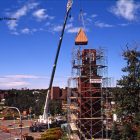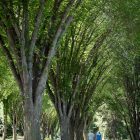Then & Now
St Albert Public / Protestant Schools
July, 2016
St. Albert’s Protestant School District is quite a bit younger than its Catholic counterpart. But in its almost 60 years of operation, it’s become larger and more widespread. The Protestant School District, now called the Public School District, has fought hard over the years to stay ahead of the city’s constant growth. Though much has changed over the years, the district still offers that same dedication to quality education that they started with, over half a century ago.
1950s
The story of the Protestant School District starts, like so many others in St. Albert, with the huge population boom of the mid-twentieth century. This influx was primarily protestant and desired a protestant education for their children. In 1953, residents of the town met to discuss the formation of a separate school board. After much planning and a vote from the community, the new board was formed in 1958—though they still needed a school.
Construction difficulties meant that for the first four months of the board’s existence, classes for grades 1 through 7 were offered in the basement of the St. Albert United Church. Construction, however, was soon completed, and in January of 1959, Sir Alexander Mackenzie Elementary opened its doors.
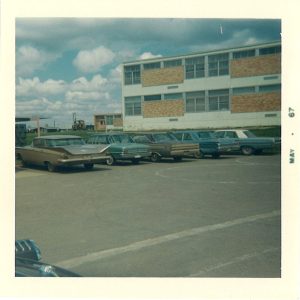
Image Credit: St.Albert Public Schools
1960s
After just one year of being open, Alexander Mackenzie already had more students than it could handle, so in 1961, the district constructed a second school on the other side of town, Sir George Simpson. For the next 30 years, the district would almost continually have a new school under construction, trying to stay ahead of the influx of incoming students.
Paul Kane High School (in a location just north of the one we know today) also opened its doors in 1961. The addition of a high school made it possible for St. Albert children to get a full education within the protestant system, whereas before they had no option but to attend the Catholic St. Albert High. Two more elementary schools were built in the years following, with the school board still trying to keep up with the unbelievable demand from new residents. Leo Nickerson opened its doors in 1964, with Robert Rundle following in 1965.
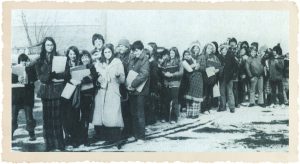
Image Credit: St.Albert Public Schools
1970s
Only 10 years in, Paul Kane had become overburdened. Construction began on a new school across the field from the original, and on one morning in 1973, students from the original building lugged their desks across the field and resumed classes as if there had been no change at all. The old Paul Kane was renamed Lorne Akins and continued on as a junior high school.
Three more schools surfaced in this decade, two of which were named to honour the men who got the school board started: Ronald Harvey Elementary opened in 1976, and W.D. Cuts opened in 1978.Wild Rose Elementary also opened in 1978.
1980s
The 80s started with Elmer S. Gish opening in 1981 and Keenooshayo soon after. Keenooshayo was named in honour of a Cree leader from the Slave Lake region, a close friend of St. Albert’s founder, Father Lacombe.
In 1988, Bellerose High School opened, alleviating some of the strain from the once-again overburdened Paul Kane.
1990s
After 32 years of rapid growth, things finally started to settle down for the district. Muriel Martin was the only new school built in the 90s. The district office had moved to a new location, however, and its old home was repurposed as Outreach High School, which offered non-traditional learning styles.
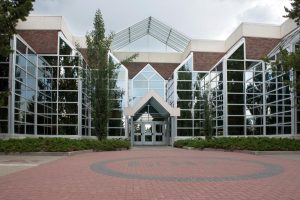
Today
In 2012, the Protestant School Board officially became public at the request of the provincial government. Although becoming the primary board in the city meant a slight break with tradition, it also meant that more funding could be allocated to the board’s larger number of students.
The quality of education has remained wonderful through the years, and though growth has slowed down for the school board, it hasn’t stopped entirely. 2016 will see the opening of Lois Hole Elementary, the district’s first new school in 25 years. t8n
Did You Know?
Schools in the district were initially to be named in memory of early Canadian pioneers. After Robert Rundle, however, a new naming scheme was adopted to honour notable community members. There is the small exception of Wild Rose, which is named for Alberta’s provincial flower.
Fun Fact
Afraid that the suburbs would eventually be filled with seniors as children grew up and moved away, the school board designed Keenooshayo Elementary to be easily repurposed into a retirement home.






